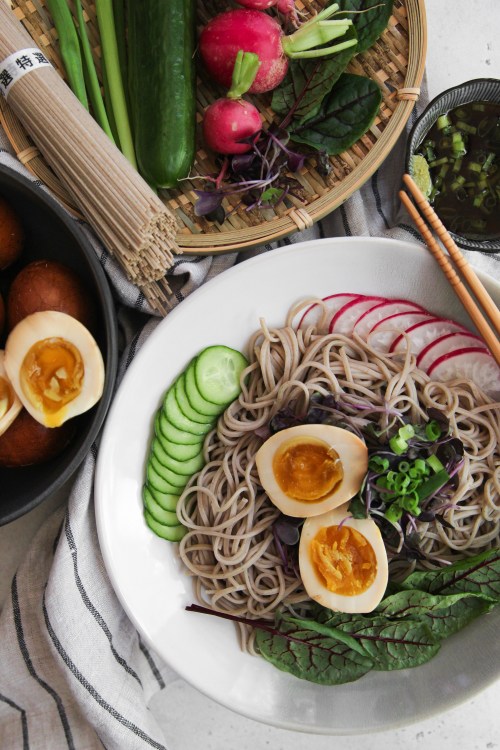The first time I had a tea egg was when I was 13. It was the first time I had ever visited Hong Kong and I was beyond excited. I’d always looked forward to see this bustling city that my parents have described to me growing up in detail. This place felt familiar even though I had never been there before. And true to fashion, I couldn’t wait to eat all of the foods I’d seen on HK Canto drama series.
HK was the food paradise that I knew it would be and so much more. While I’m so fortunate to have been born and raised in the US, I’ve missed out on a lot of Chinese culture. For the longest time, I never knew there were regional Chinese dishes. I just thought Chinese food was Chinese food – they all ate sweet and sour pork in China! (They do not even have that dish in China lol.)
So imagine my shock when fast food isn’t an In n Out, but a small store front found anywhere on the street. I saw massive pots of eggs simmering in a dark liquid. I asked my parents what they were and that’s when they realized I had never had a tea egg. After my first bite, I instantly fell in love with the big flavors this tiny egg could contain.


Tea egg is a traditional Chinese snack available all over Asian countries. They’re inexpensive but the flavors are so satisfying. The simmering liquid is a combination of black tea, soy sauce, and lots of different five-spice spices such as star anise, cinnamon, and fennel. In the classic preparation, eggs are hard boiled, cracked, and added to a pot of simmering liquid and cooked further for a few more hours. Once peeled, the egg has this gorgeous marbling effect.
For me, I prefer a jammy egg over a hard boiled one. I wanted to put my stamp on this traditional food staple by creating a jammy version. The first change I made was to soft boil the eggs instead of hard boiling. The 7-minute egg was perfect for this preparation – not too runny but not hard boiled. In order to retain the soft yolk, I wouldn’t be able to simmer the eggs in liquid. Instead, I cooled the liquid and then submerged the eggs in it for 2 days to take on the flavor and color. The third change was type of tea. Traditionally, a black tea is used but I don’t stock a whole lot of black teas. I have earl grey which is considered a black tea. It also worked out well because the bergamot adds a perfume of citrus against the aromatics in the liquid.
The outcome? A super flavorful and jammy egg that’s perfect to top a salad or noodles!

Earl Grey Tea Eggs
Ingredients
- 1 dozen eggs
- 4 cups water
- 10 earl grey tea bags
- 3/4 cup shoyu
- 1 tablespoon Worcestershire sauce
- 1-2 cinnamon sticks
- 3-4 star anise
- 6-7 whole cloves
- 6-7 whole cardamon pods
- 10-12 black peppercorns
Directions
- Step 1 Bring 4 cups of water to a gentle boil and turn off the flame. Add the teabags, shoyu, Worcestershire, and all aromatics to the pot.
- Step 2 Allow mixture to cool and tea leaves to steep.
- Step 3 Add tea mixture to a large glass container (I used a half gallon mason jar).
- Step 4 In a clean large pot, bring about 8-10 cups of water to a rolling boil. Turn down the heat to low and gently lower eggs into the water.
- Step 5 Turn the flame back up to high and stir the water gently and consecutively for about 30-45 seconds so that the eggs circle the inside of the pot (this will help center the yolk as the eggs are cooking).
- Step 6 Cook the eggs for exactly 7 minutes.
- Step 7 Take the eggs out immediately and place directly into a bowl of ice cold water.
- Step 8 Gently crack the eggs on a surface or with a spoon all over. DO NOT PEEL.
- Step 9 Place eggs into the tea mixture and refrigerate for 2 days.
- Step 10 Remove from tea mixture and peel off shells to serve.




You must be logged in to post a comment.